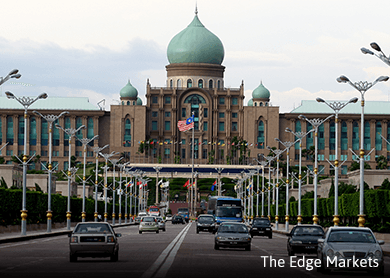
(June 24): Putrajaya’s methods to measure poverty do not reflect reality, said think tank Institut Rakyat and this would jeopardise its aim of creating a more equitable society by 2020.
Instead of just using the poverty line income (PLI) scale, Putrajaya needs to also measure relative poverty, which is a more accurate metric for determining equality.
“As we are developing country that wants to turn into a developed country, we should also measure relative poverty along with hardcore poverty,” Institut Rakyat’s assistant research director Ginie Lim said in a statement today.
Economists in The Malaysian Human Development Report 2013 (MHDR2013) had also recommended using the relative poverty measurement that is based on half of a country’s median income level.
This method is better at measuring inclusivity because shrinking numbers of the “relative poor” would mean an increase in the country’s middle class, the report said.
According to the PLI, which sets the poverty rate at below RM930 for Peninsula Malaysia, RM1,170 for Sabah and RM990 for Sarawak, only 0.6% of Malaysia’s households are poor.
But according to a relative poverty scale, which sets the level at RM2,293 or half of the current median income of RM4,585, 20% or 1.3 million households would be considered poor.
The PLI and absolute poverty measurements should be kept, said Lim, in order to ensure that the government continues its efforts to wipe out hardcore poverty.
“But as we reduce the incidences of hardcore poverty, we should start looking at relative poverty.”
Under the 11th Malaysia Plan (11MP), Putrajaya aims to create a more equitable society by ensuring that the wealth generated from economic growth is shared by all sections of society.
The 11MP targets to raise average incomes of the bottom 40% (B40) of households from RM2,500 a month to RM5,000 a month by 2020. It also wants to grow the middle class from 40% of all households to 45% by 2020.
Lim added that a more effective way to raise incomes of the B40 is to raise the minimum wage from its present level of RM900 a month, which is actually below the PLI.
This was more effective than giving one-off handouts such as 1Malaysia People's Aid (BR1M), she said.
“A household which earns a minimum wage income would surpass the PLI level when they receive BR1M during certain months, but they will still fall below the PLI without BR1M.”
According to the MHDR2013 she said, BR1M’s impact on the purchasing power of the poor is small compared to the effect of raising minimum wages.
BR1M lowers the purchasing power gap between the rich and poor by 1%, while minimum wage lowers it by 8%, Lim said. – The Malaysian Insider